On February 7th, Scott Page wrote me after seeing my Chronological Errors post that included the below photo of the civil defense air raid siren at Indian Rock.
He said: “I scanned the Indian Rock civil defense siren just weeks ago. I take my 3D laser scanner out to such places to check the equipment calibration.” He sent me these photos of his scans:
Page uses a Faro Focus three-D scanner.
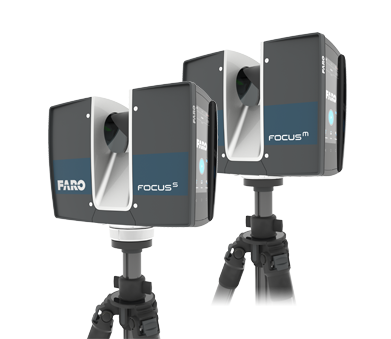 Faro tells us it is what we need “for fast and exact indoor and outdoor measurements in three dimensions: simply at your fingertips.”
Faro tells us it is what we need “for fast and exact indoor and outdoor measurements in three dimensions: simply at your fingertips.”
The scanner creates a point cloud, a set of data points in space, which measure a large number of points on the external surfaces of objects around them. The laser rotates on two axes, capturing points within a 400-foot diameter. The technology has existed for perhaps 25 years, with its early use largely in refineries.
Page, an architect, saw his first 3D scanner on a construction job about six years ago. The idea is to move around the subject, stoping at multiple scan positions. Each scan position takes between two and 15 minutes to scan. On a project like a cathedral, Page might use 80 scan positions and work all day on it. For the air raid siren at Indian Rock he used about 20 positions.
As a self-portrait, Scott chose this. He is on the right:
Commercial uses include architecture, engineering, construction, the petroleum industry, virtual reality, the military, mining, and with spectacular results in the movie industry. Most of the users are engineers with no interest in art, but the artistic applications are obvious.
Page was invited to show 3D scan images in a show at the Glasgow School of Art.
Almost a dozen of his photos were included in the book produced from the exhibit.
Digression: Among the images in the book was this (not by Page):
Yes – two random Quirky Berkeley connections! As every schoolboy knows, the statue is the Winged Victory of Samothrace (second century B.C.), discovered in pieces on the island of Samothrace in 1863 by the French archaeologist Charles Champoiseau.
It inspired genius beach detritus artist Mark Olivier to make his version:
And a miniature version is among Art Ratner’s collection of miniature souvenir buildings:
Here are a few more scan images that Page made.
Stunning, no?
This would be a sufficiently quirky story if it ended here, but it doesn’t. Let’s wander around his house a little and see what we can see.
First, we see several anachronisms. These give great joy because it was Page’s reaction to my anachronism post that got this whole thing rolling.
Page lives on the second floor of the house. At the top of the stairs is this lever, which when operated opens and closes the front door of the house. It is a an old feature not seen in many Berkeley homes. It makes for good fun on Halloween.
This is a proportional divider – Very Old School. Page uses it alongside his ultra-new-high-tech scanning technology. David Montoya explains: “Proportional dividers allow architects and artists to transfer different measurements onto paper while keeping the same proportions. This ensures that drawings stay to scale to each other. Use proportional dividers for your next art project or to aid you with your sketches to help you create a realistic rendering. Use the sliding thumb nut located in the center of the proportional dividers to pick the scale you want to draw in and begin sketching your accurately scaled illustration.” Thank you David.
Page bought his house in 1985. It was built in 1906. It was originally heated by coal. When Page moved in the fireplace was configured to burn coal and there was coal in the coal bin on the back porch.
Page has several 19th century aneroid barometers. An aneroid barometer is an instrument for measuring pressure as a method that does not involve liquid. It was Invented in 1844 by French scientist Lucien Vidi, using small, flexible metal box called an aneroid cell (capsule), which is made from an alloy of beryllium and copper. Page owns an 1848 Vidi barometer. It is completely accurate 170 years after it was manufactured.
There is no such thing as a barometer too many. This one hangs in the kitchen. Page tracks changes in atmospheric pressure and the neurological effect of the change on him.
Continuing our house tour now that we’ve gotten the anachronisms out of the way.
When Page moved into the house in 1985, he identified future projects.
Some people make lists. Page did better. He made stencils. The thing is, though, that he identified the projects and then came life. A daughter. Loma Prieta. Lots of structural work to do on the house. And the wallpaper stayed. The tiny kitchen sink and counter stayed.
Before his work as an architect and now scanner, Page was a self-taught cabinet maker. He works on a beautiful work table that he built and used for making cabinets.
He made this spice cabinet.
He made this post-it board for his wife.
His grandfather was awarded these medals for his work on the Panama Canal. When Page told me this I could not restrain myself from saying “amanaplanacanalpanama.”
His wife made him this pencil art. It hangs above his work table.
Next to the pencil art is this Balinese calendar.
On the mantle above the fireplace where coal once burned are some of his scans printed on aluminum. They are very cool.
The three-d statue of Page with his scanner and tripod was made by Pocketme.
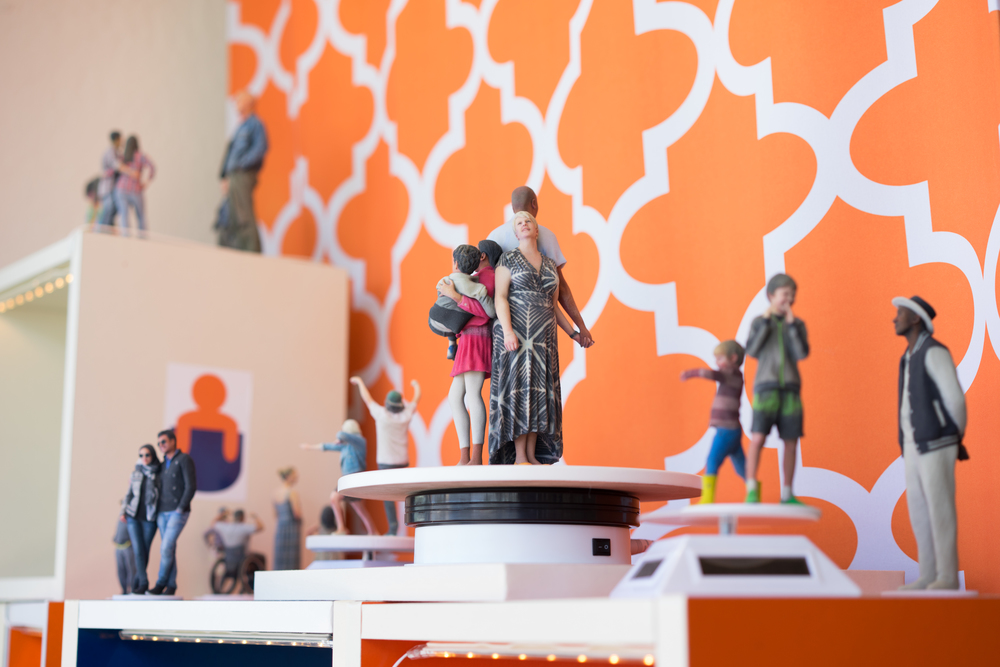 You go in a 3D photo booth that takes photos of you and up to 3 other people in 360 degrees with dozens of synchronized cameras. A 3D printer extrudes a full-color figurine made of sandstone. How cool is this?????
You go in a 3D photo booth that takes photos of you and up to 3 other people in 360 degrees with dozens of synchronized cameras. A 3D printer extrudes a full-color figurine made of sandstone. How cool is this?????
I asked my friend to look this post over. He went to his quarters and came back in ten minutes with the draft as well as some photos of his own.
“Okay, I’m stumped.” I said. “What is the connection?”
“Scott uses a Faro scanner. Faro means ‘lighthouse’ in Spanish. Hence this photo from Brittany Crepes on University. And hence Emmylou singing “Till I Gain Control Again” because of the lighthouse reference in the lyric – “Like a lighthouse you must stand there / and mark the sailor’s journey’s end.”

“And a shout-out to El Faro in Concord. My home away from home when I was out there.”
The next photo was this:
“Speaking of 3-D, I was about eight when I went to see Creature from the Black Lagoon in 3D.
“It premiered in Detroit. I don’t know what my sister was thinking taking Earl and me. It scared the actual hell out of me. Earl was even worse. He couldn’t turn the lights off at night for months. The one good thing about it was I learned the phrase ‘piscine amphibian humanoid.’ It’s a good one. In 1984 I truly dug C.H.U.D. with its ‘cannibalistic humanoid underground dweller.’ Kind of the same thing.”
I pointed out that I had used the term “aquatic humanoid” in my post on mermaids and then made the gesture that I use to terminate a digression. I asked what he thinks of this post.
”


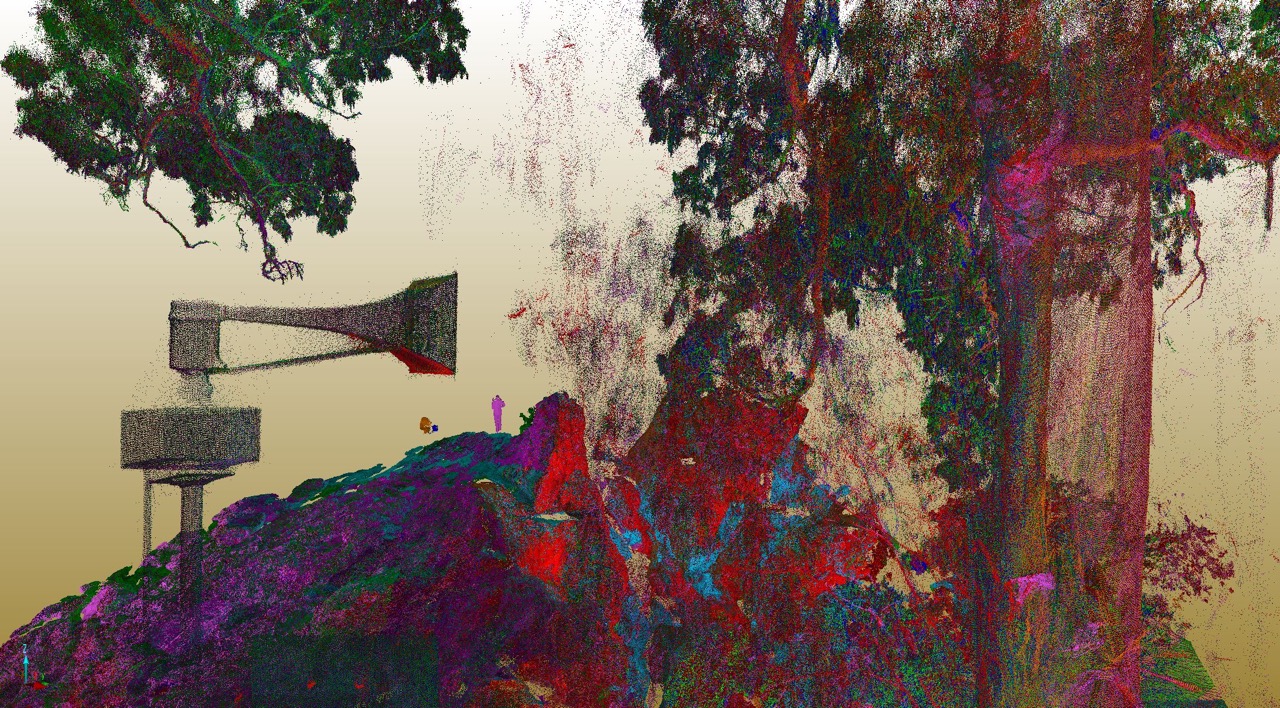
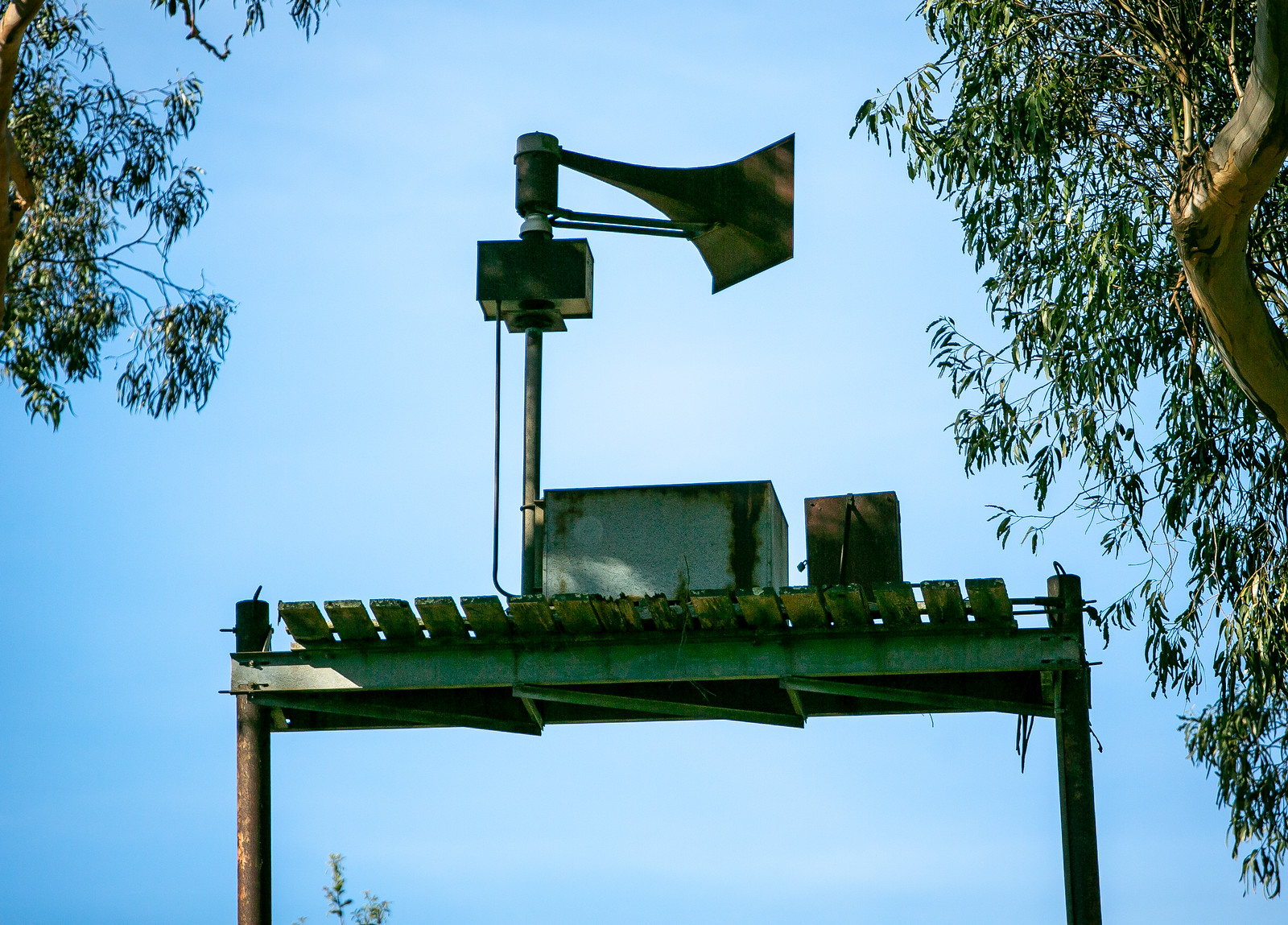
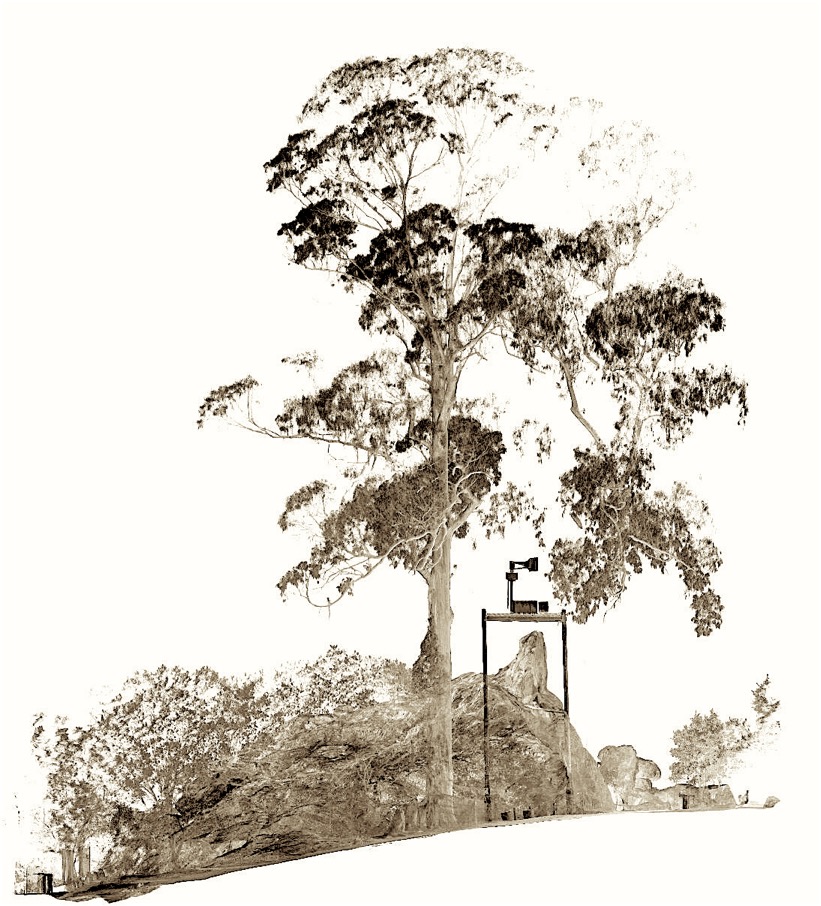
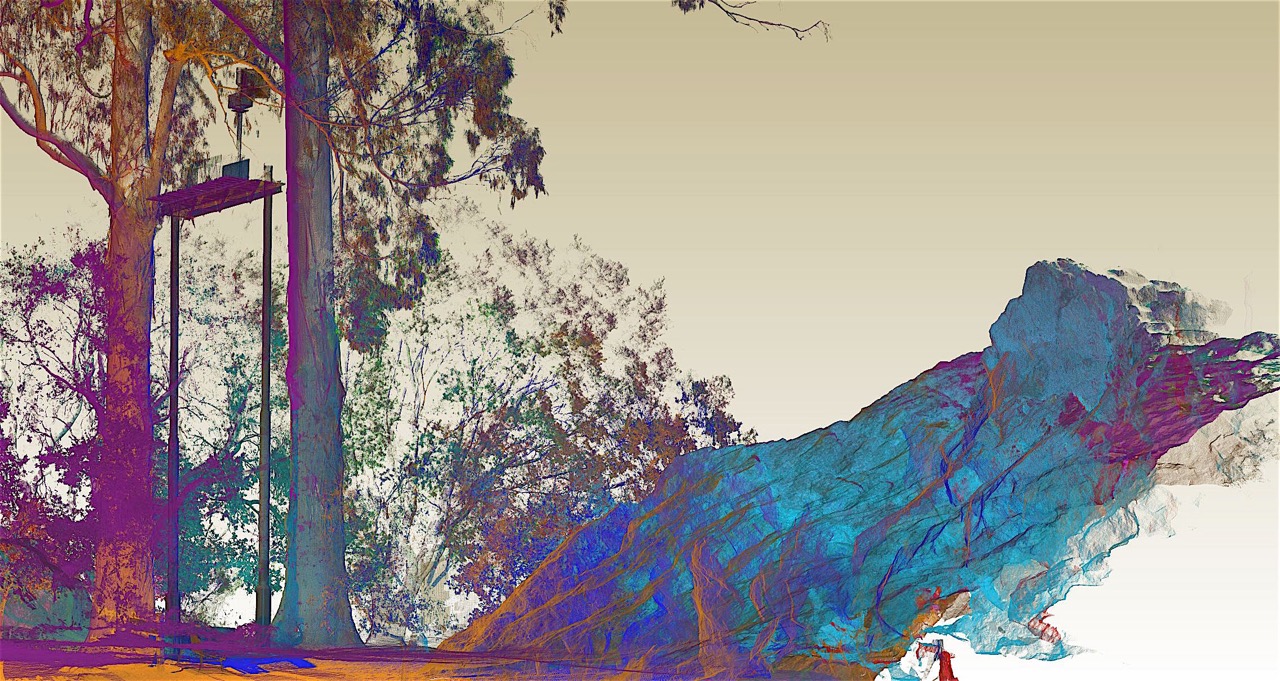
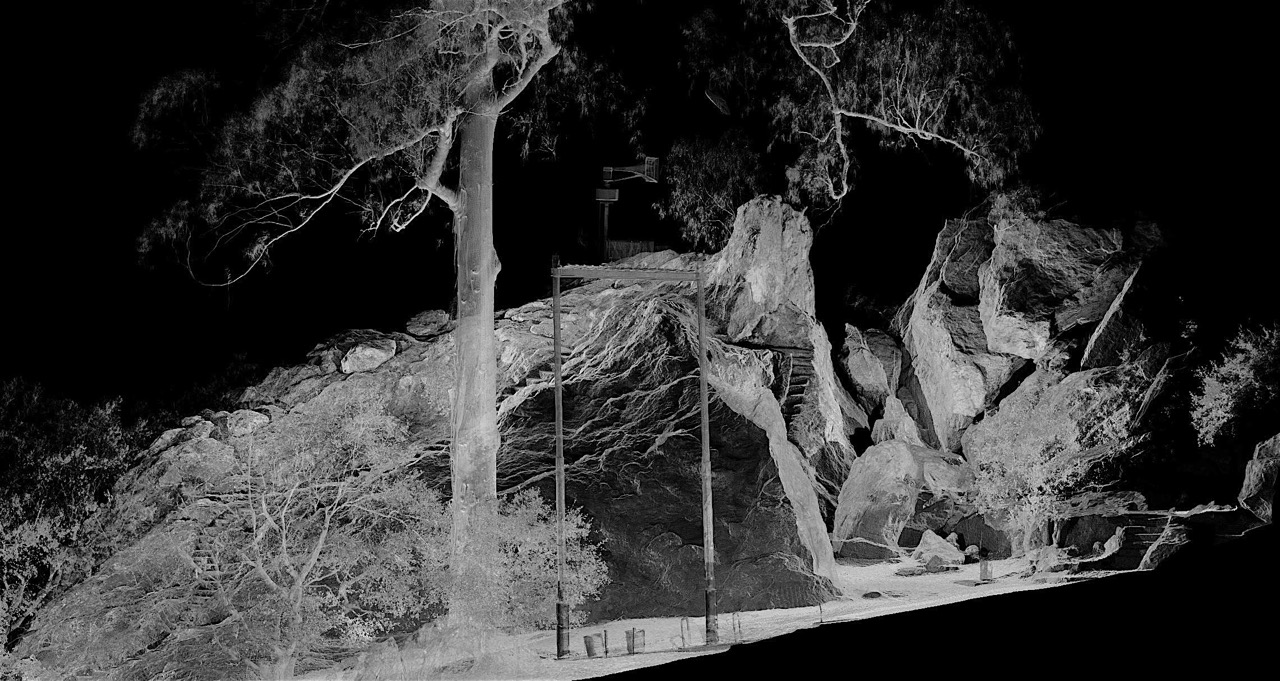
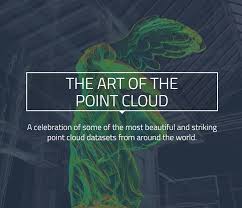
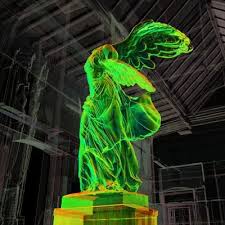
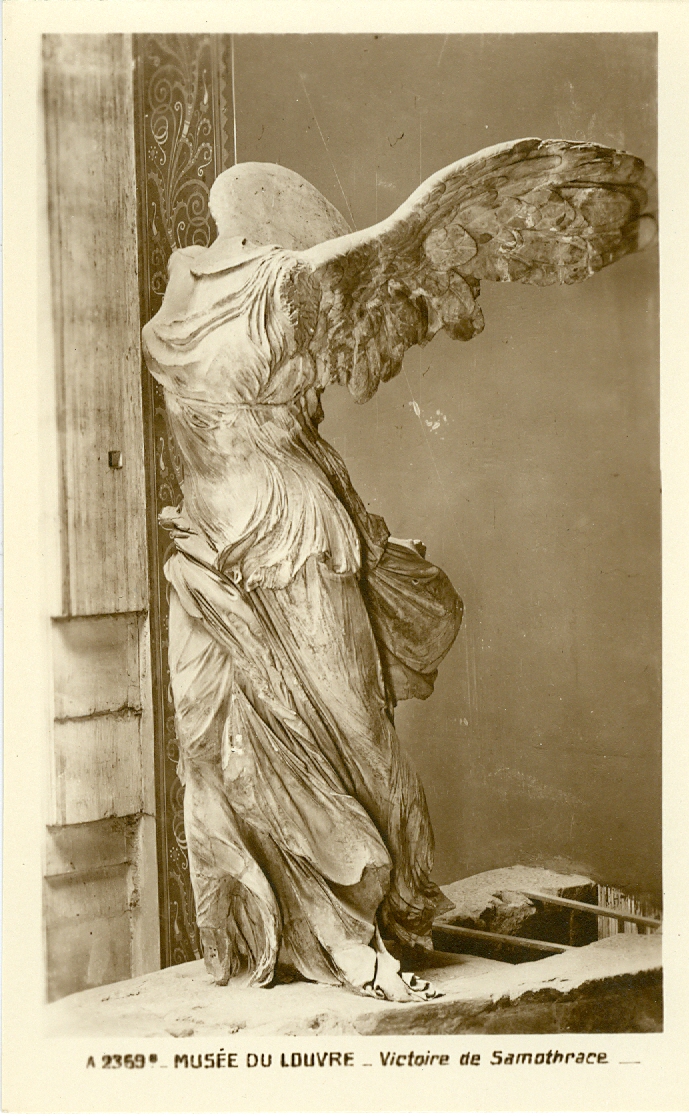
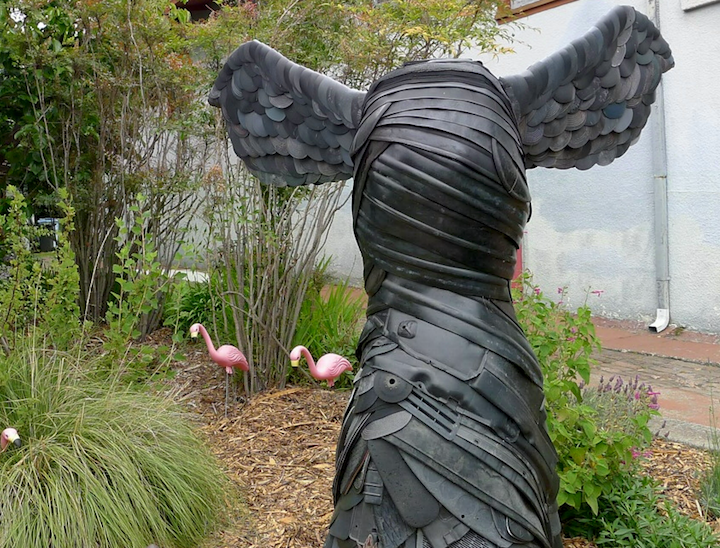
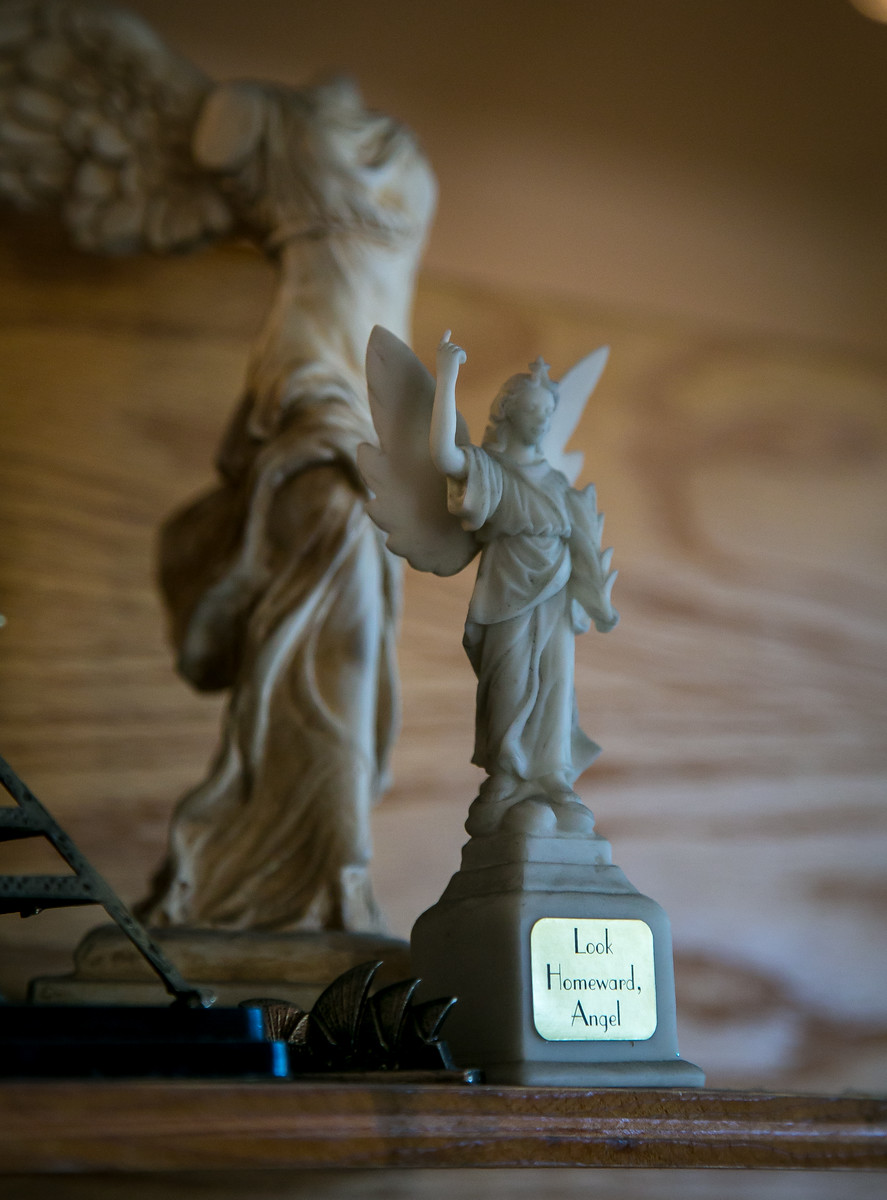
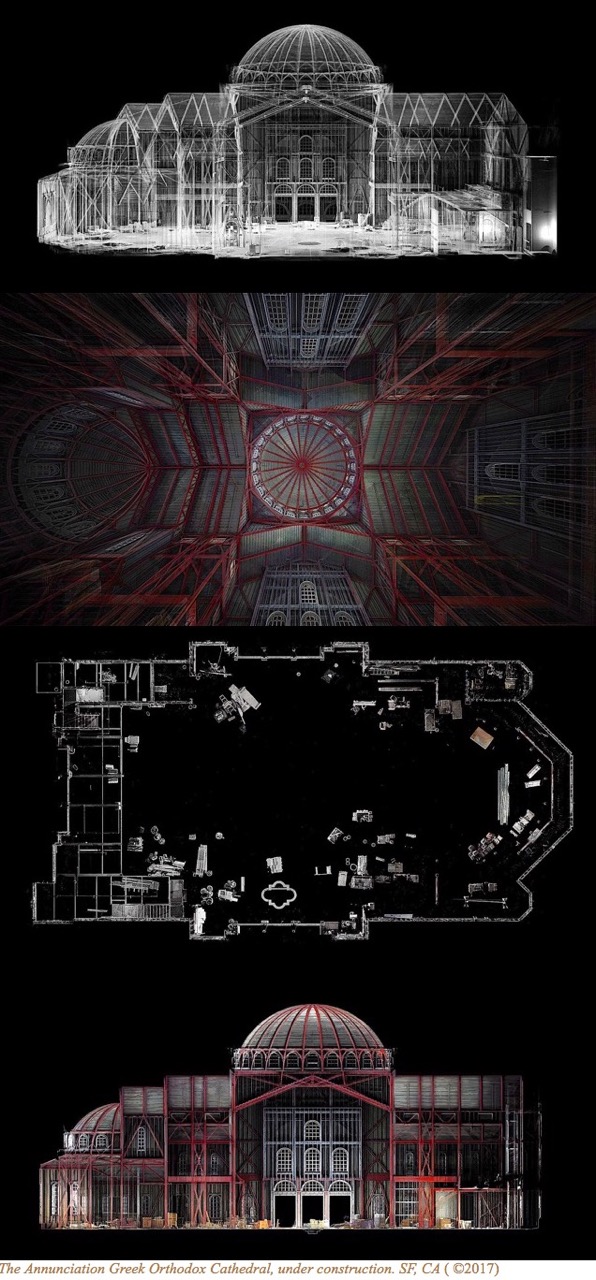
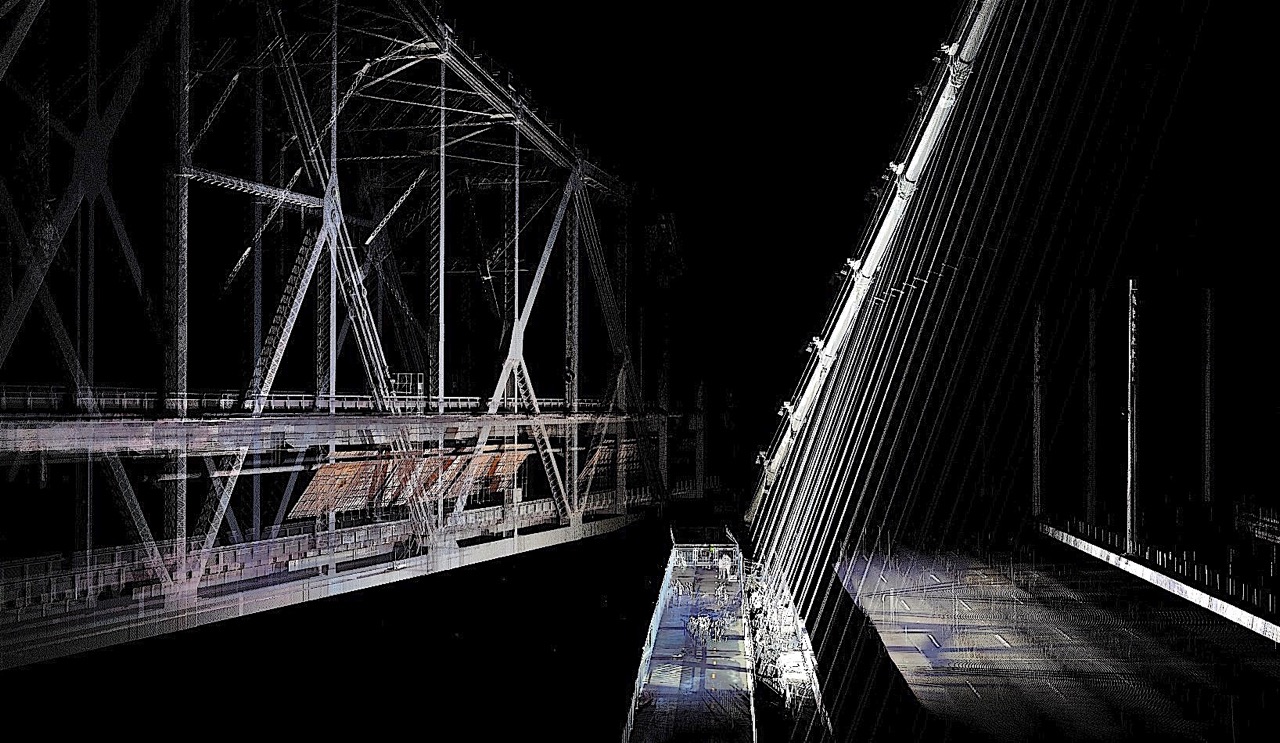
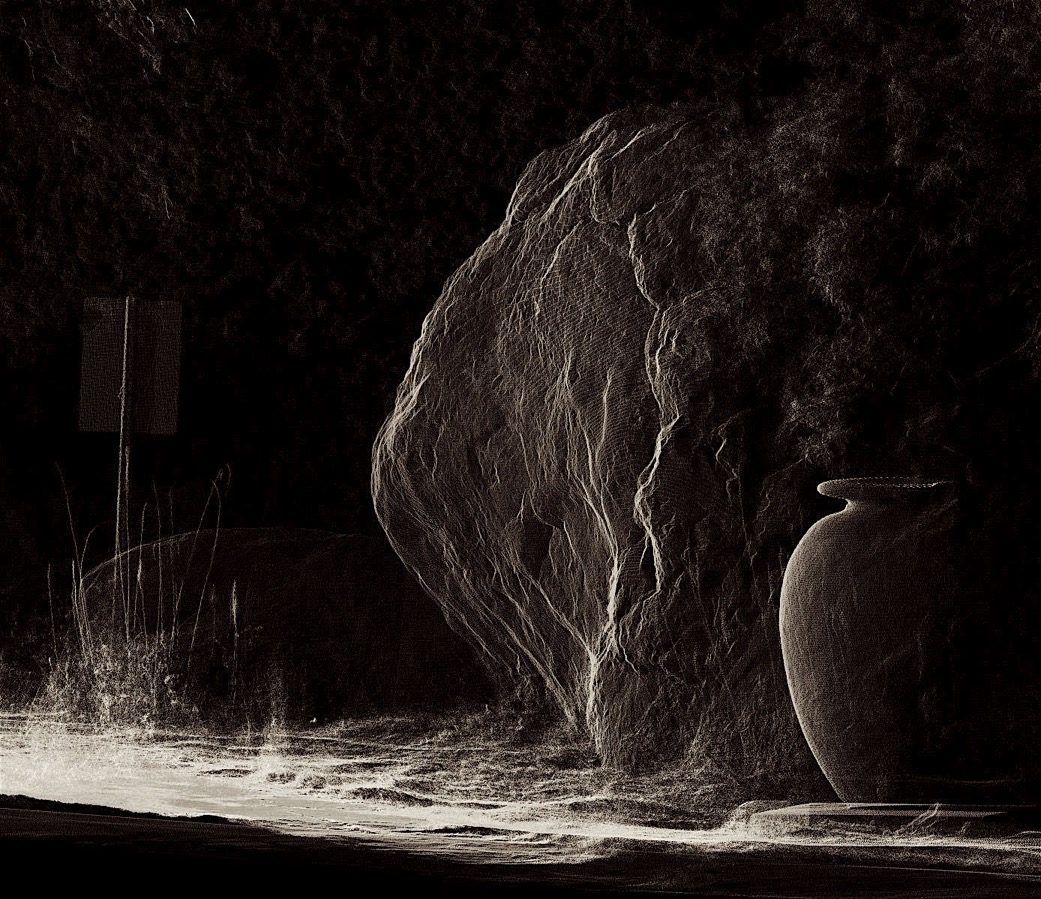
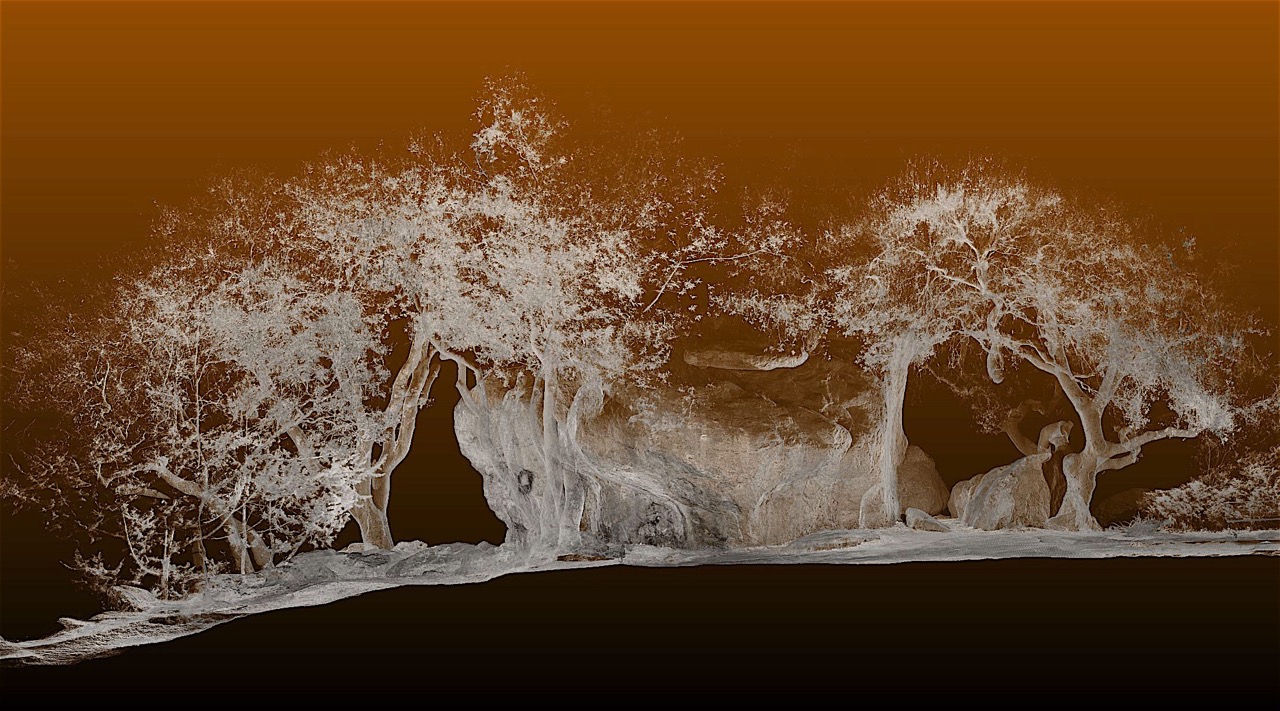
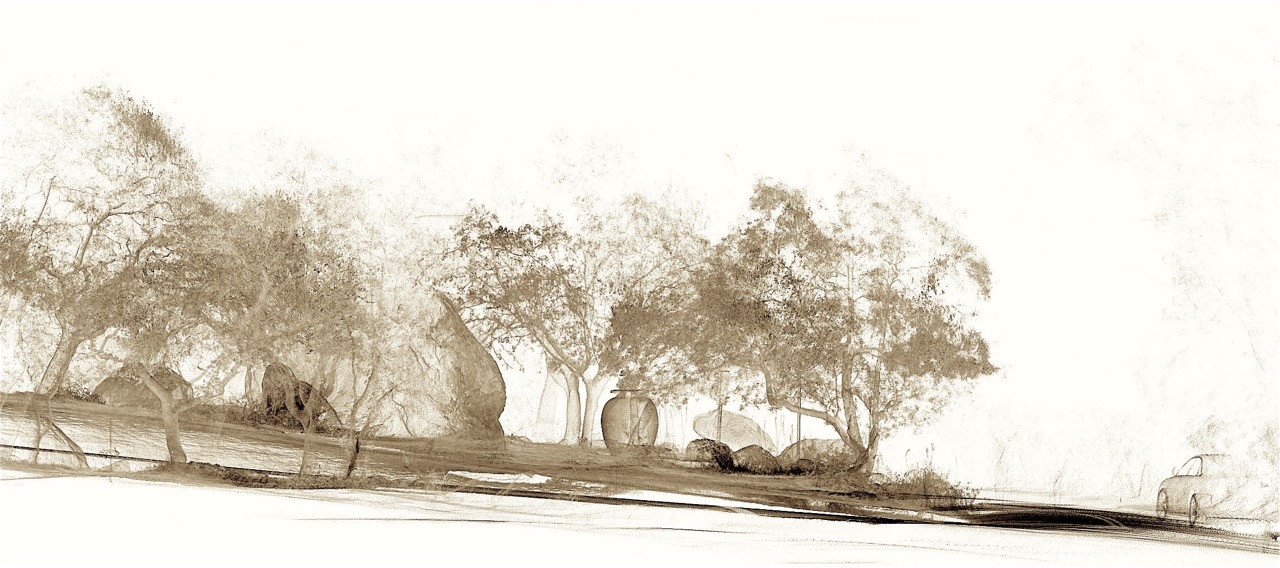
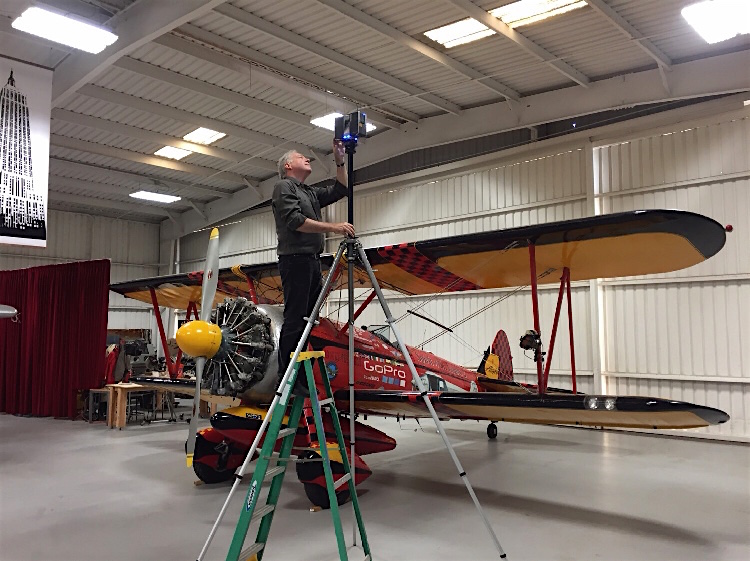
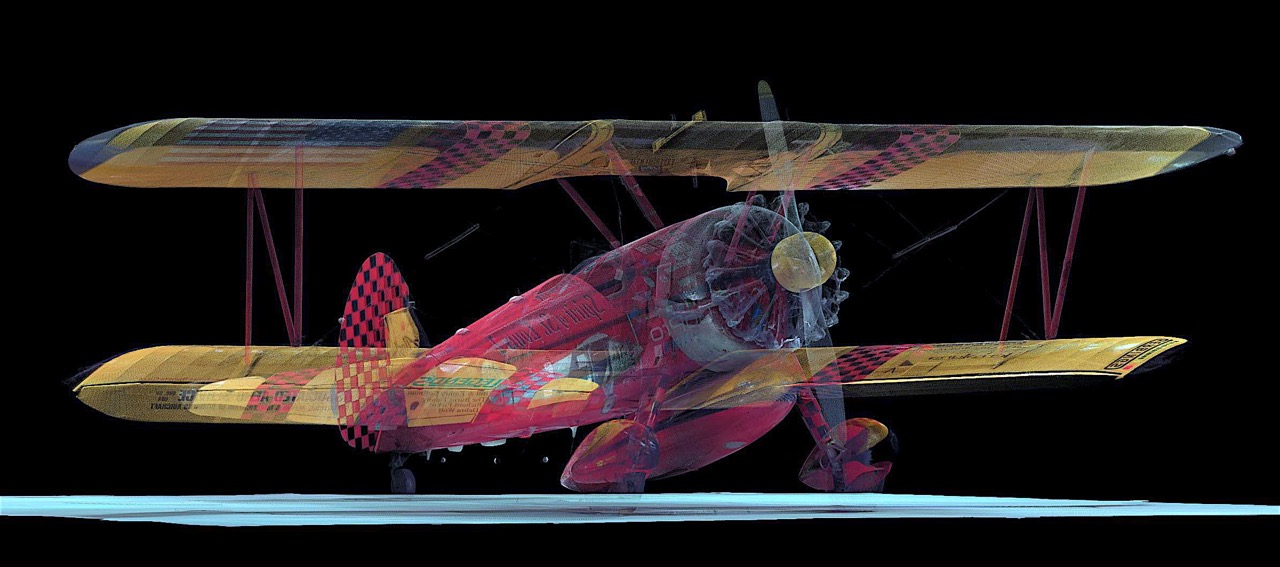
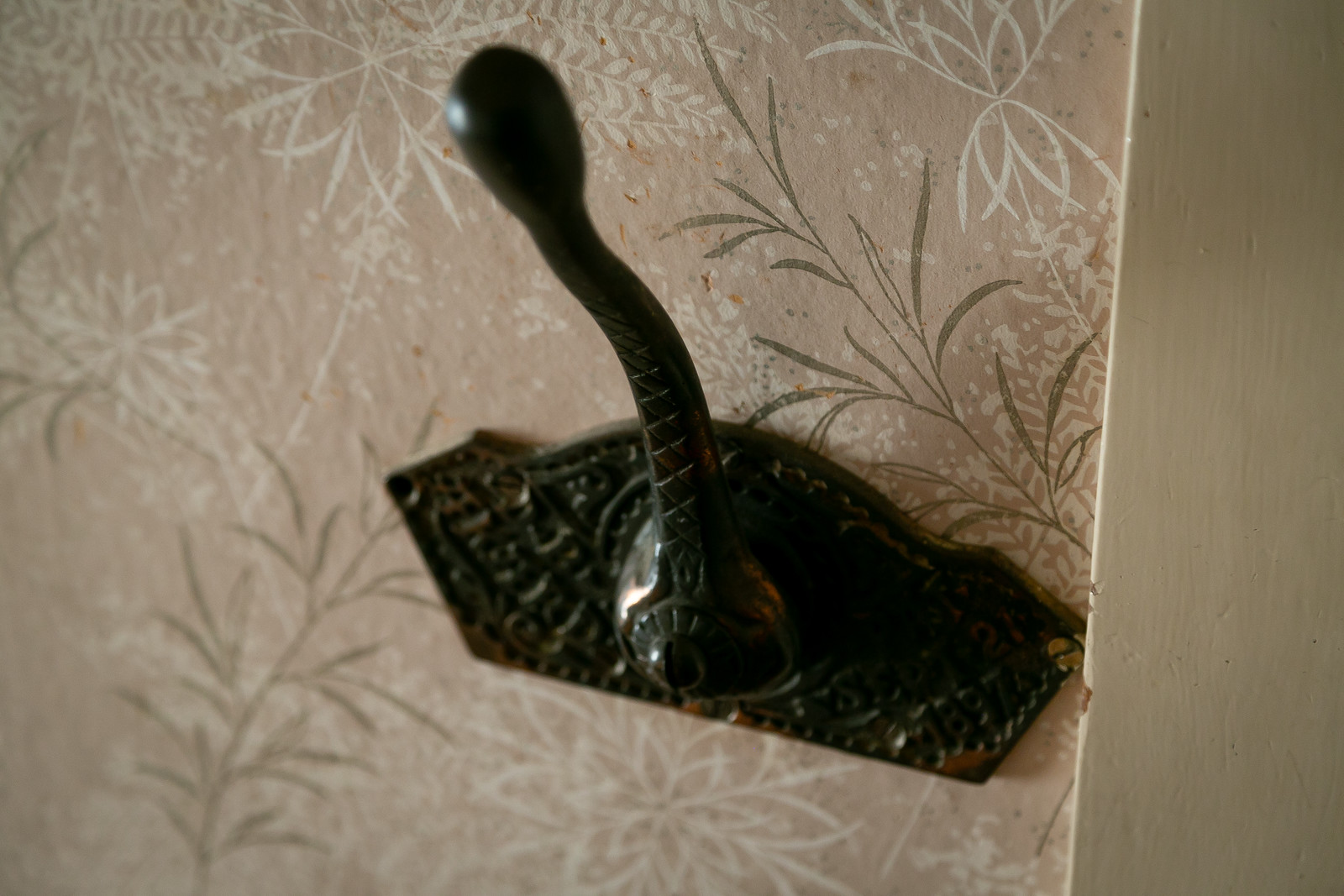
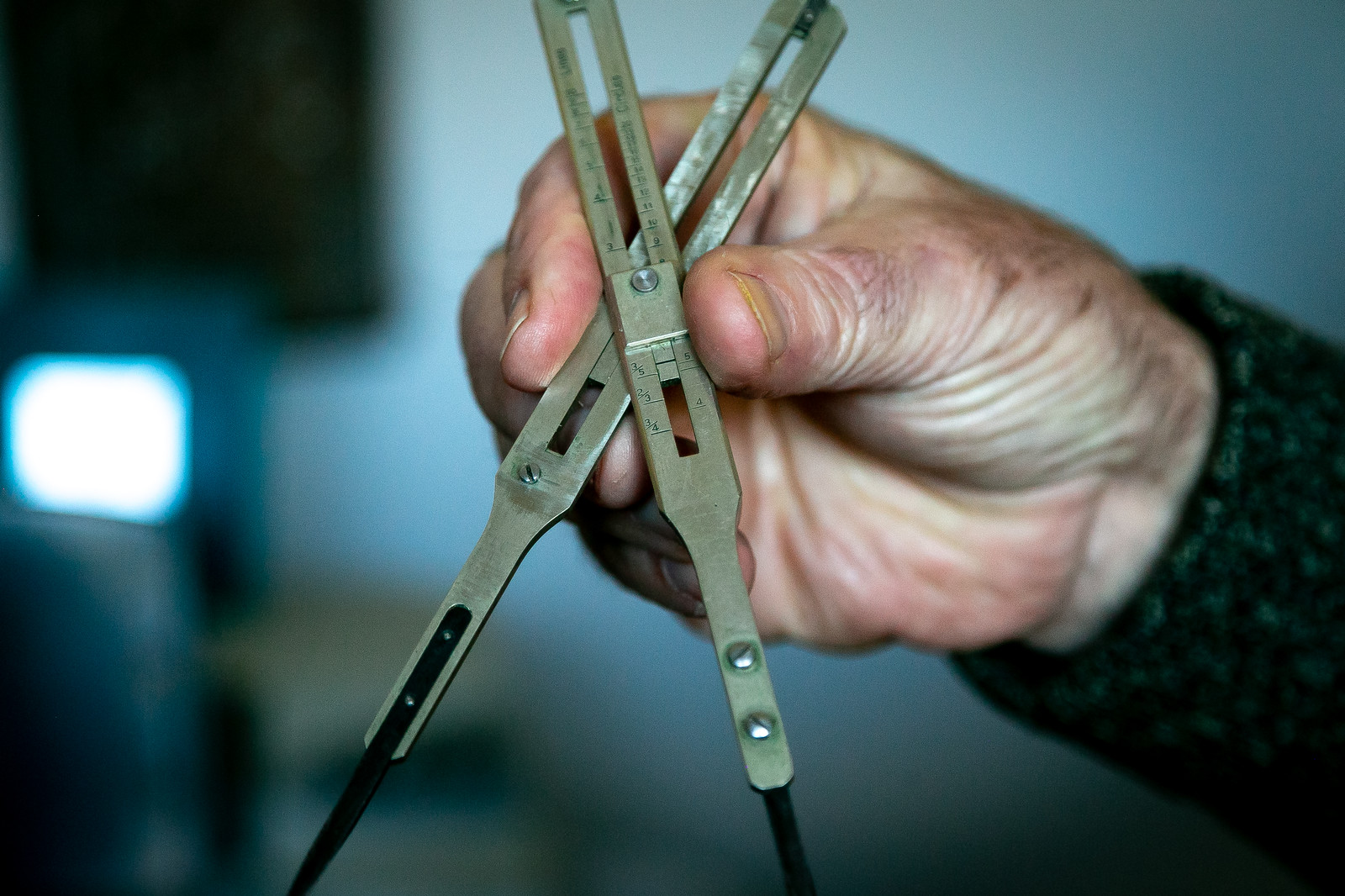
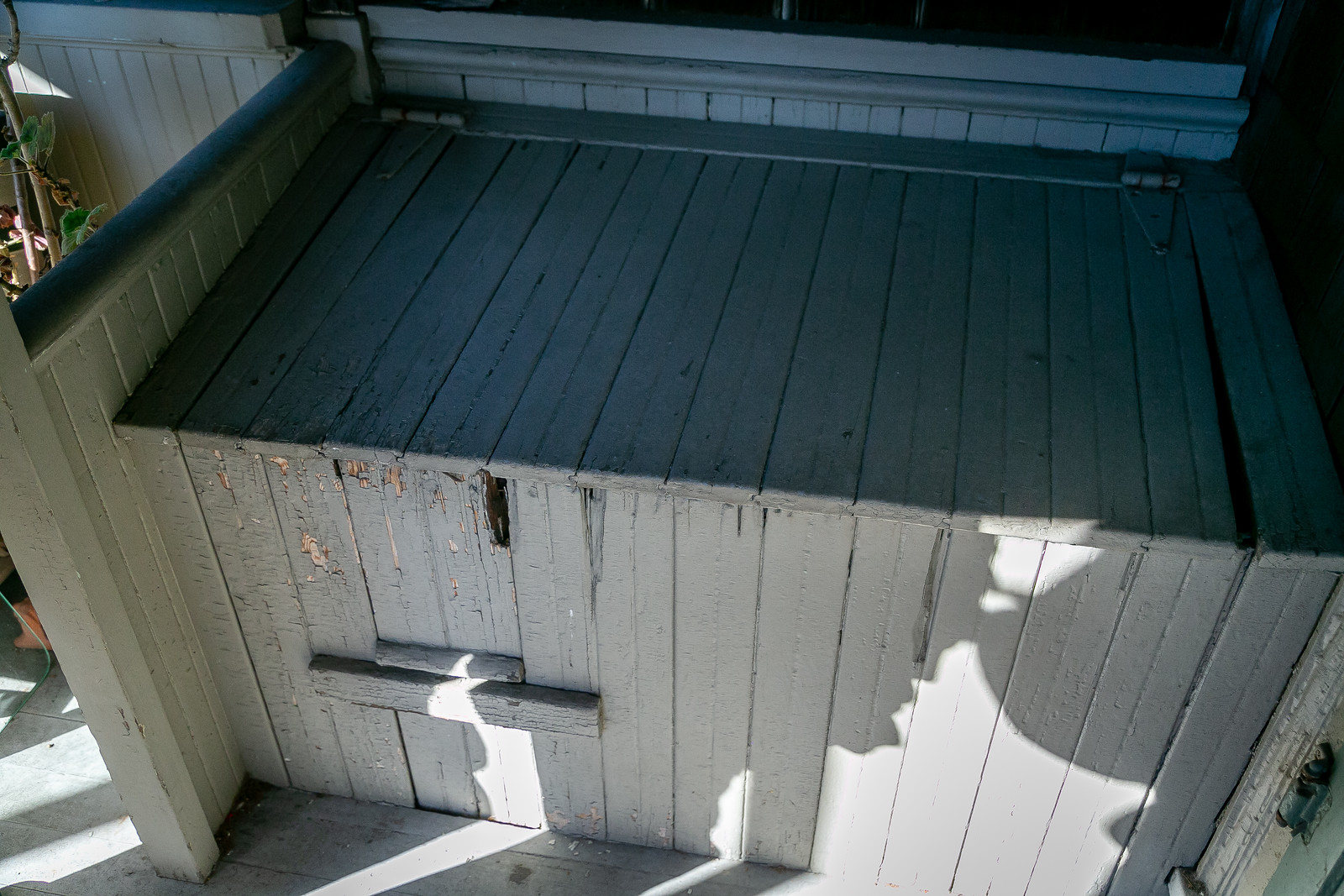

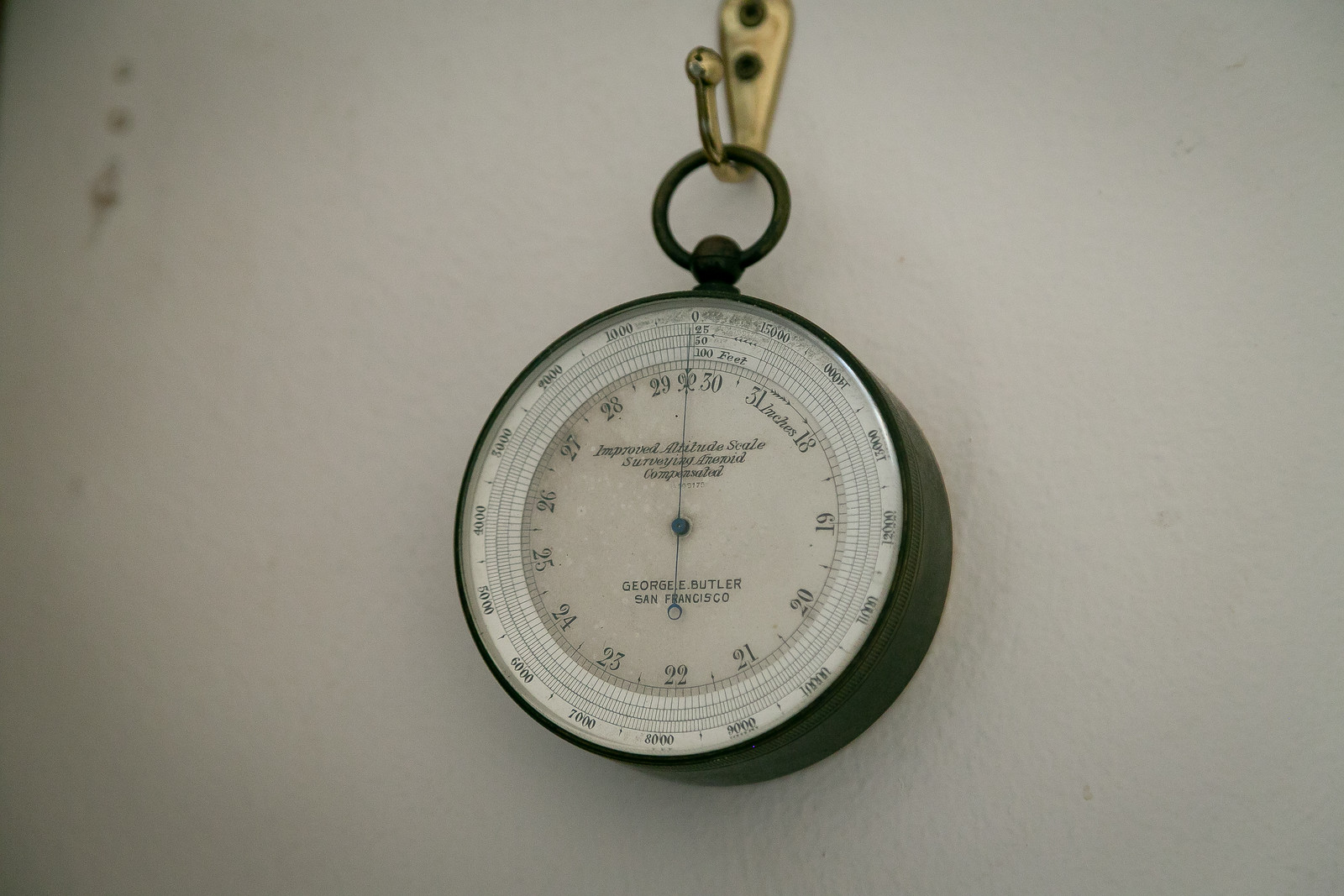
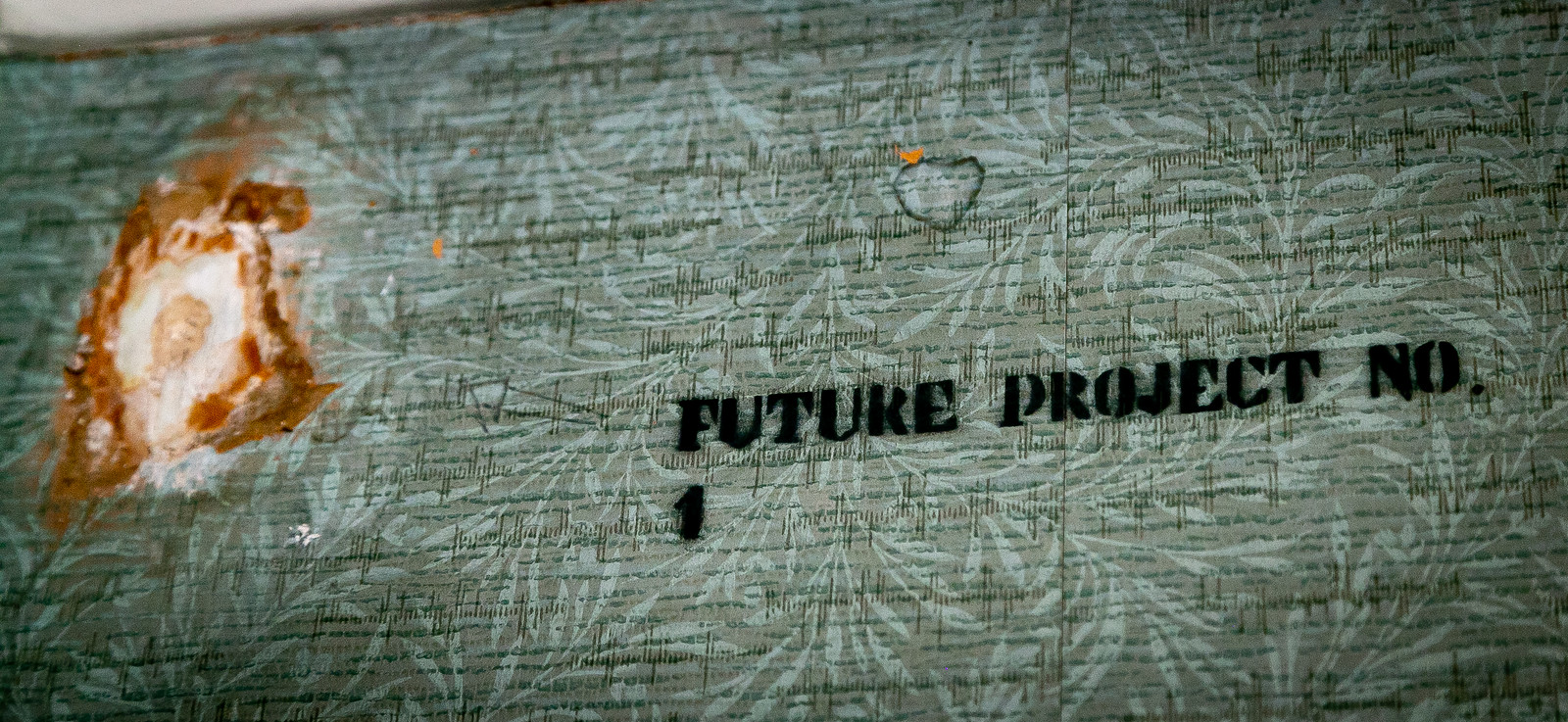
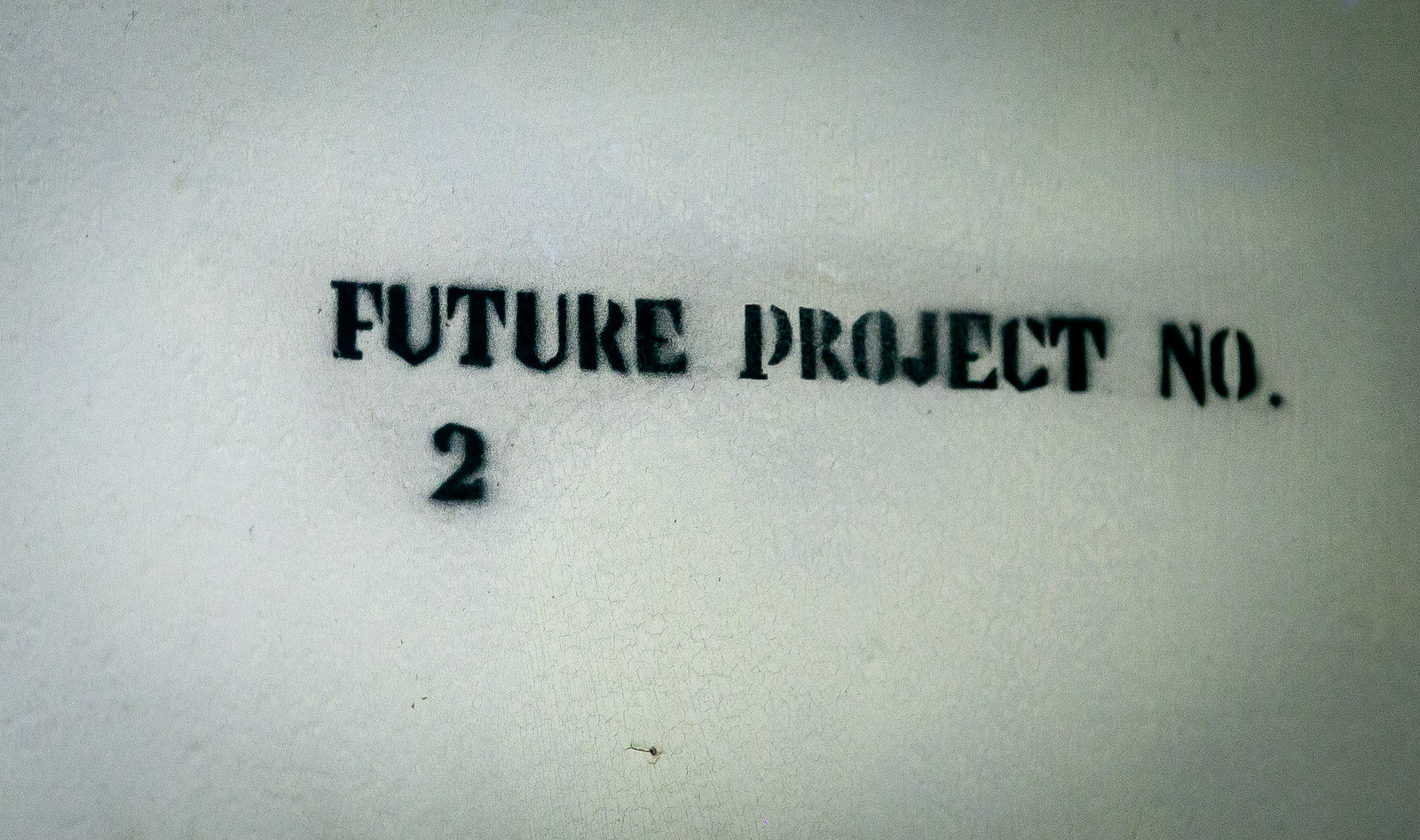
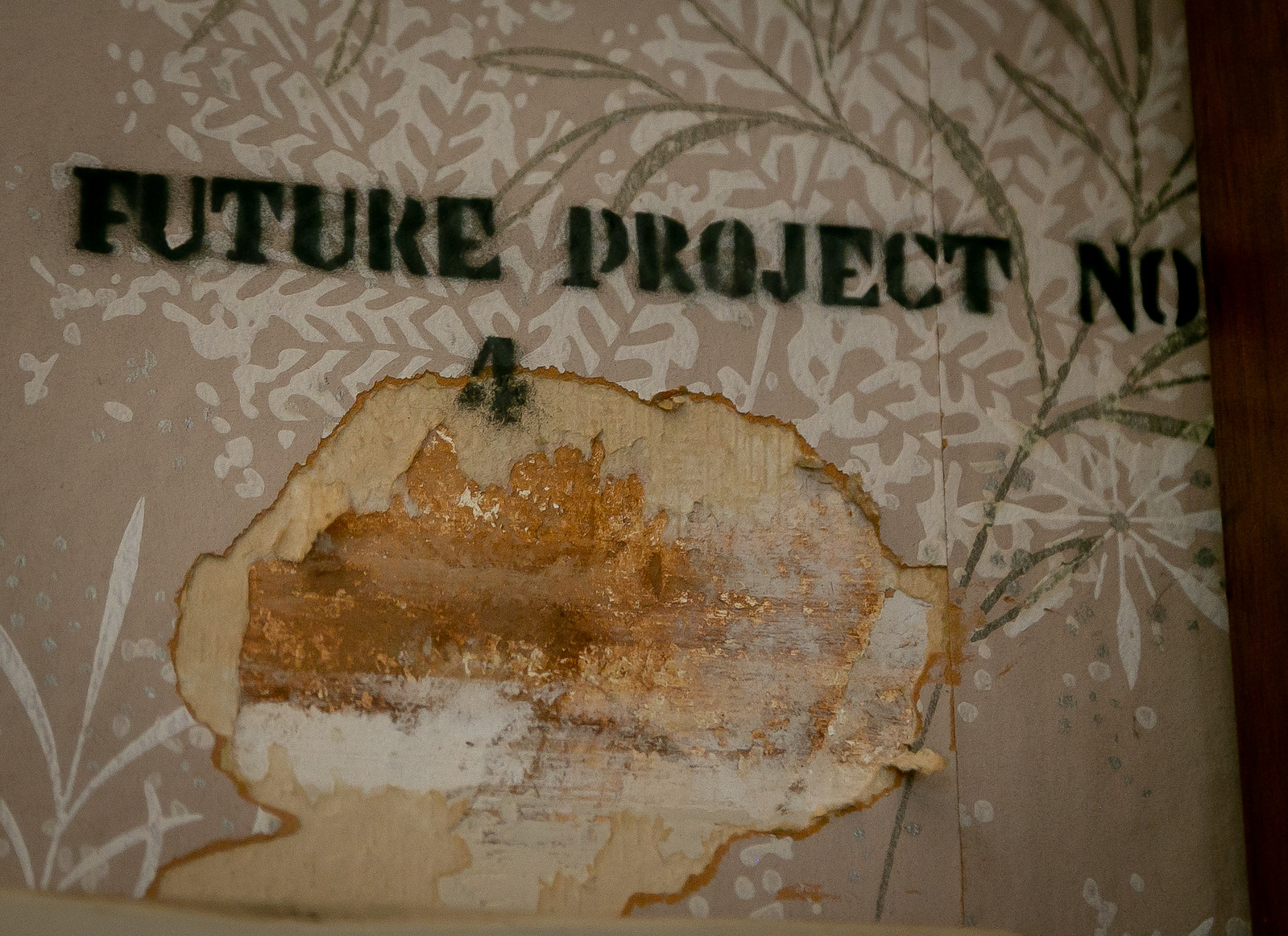

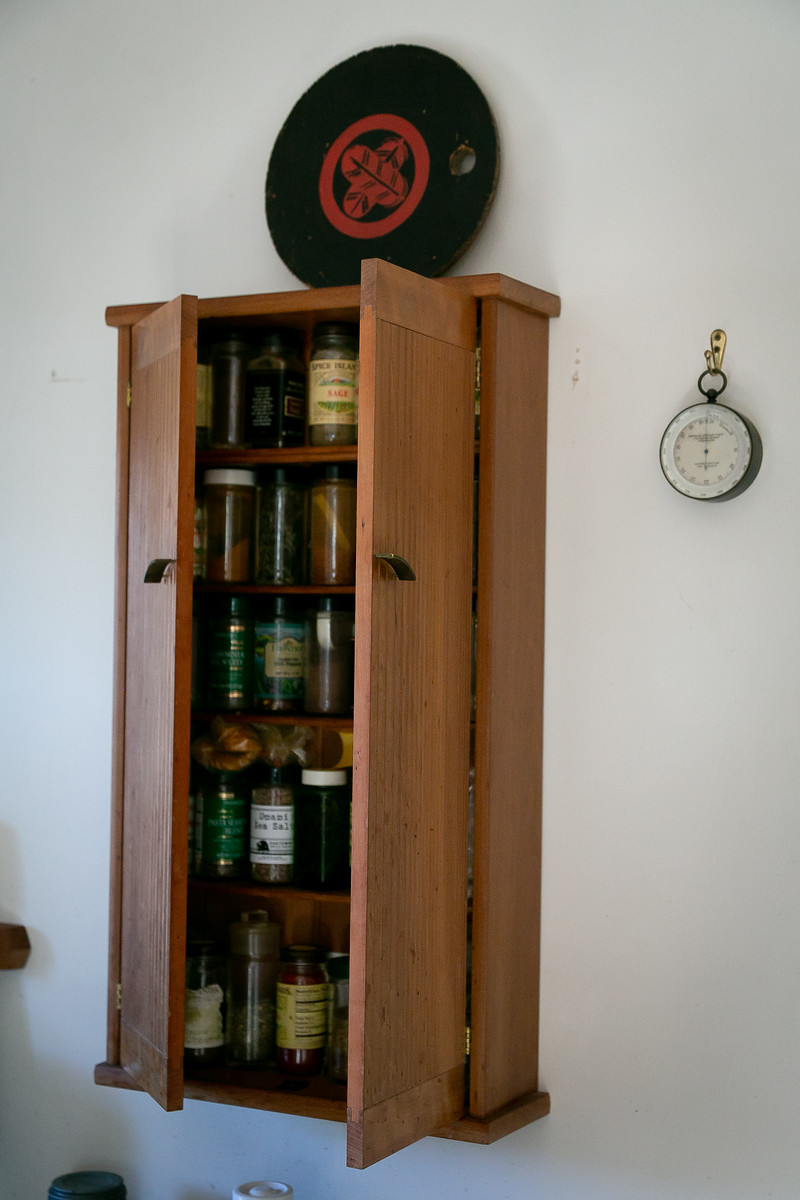
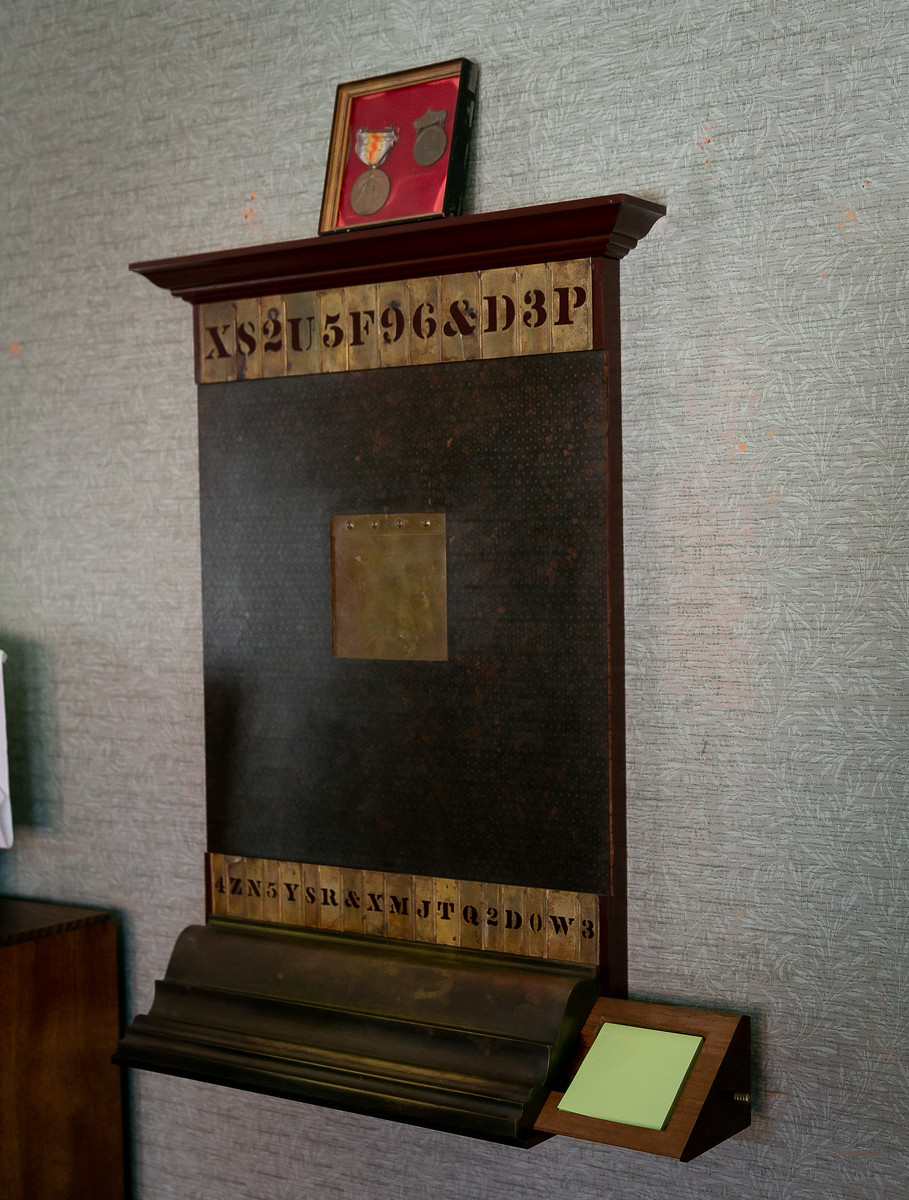
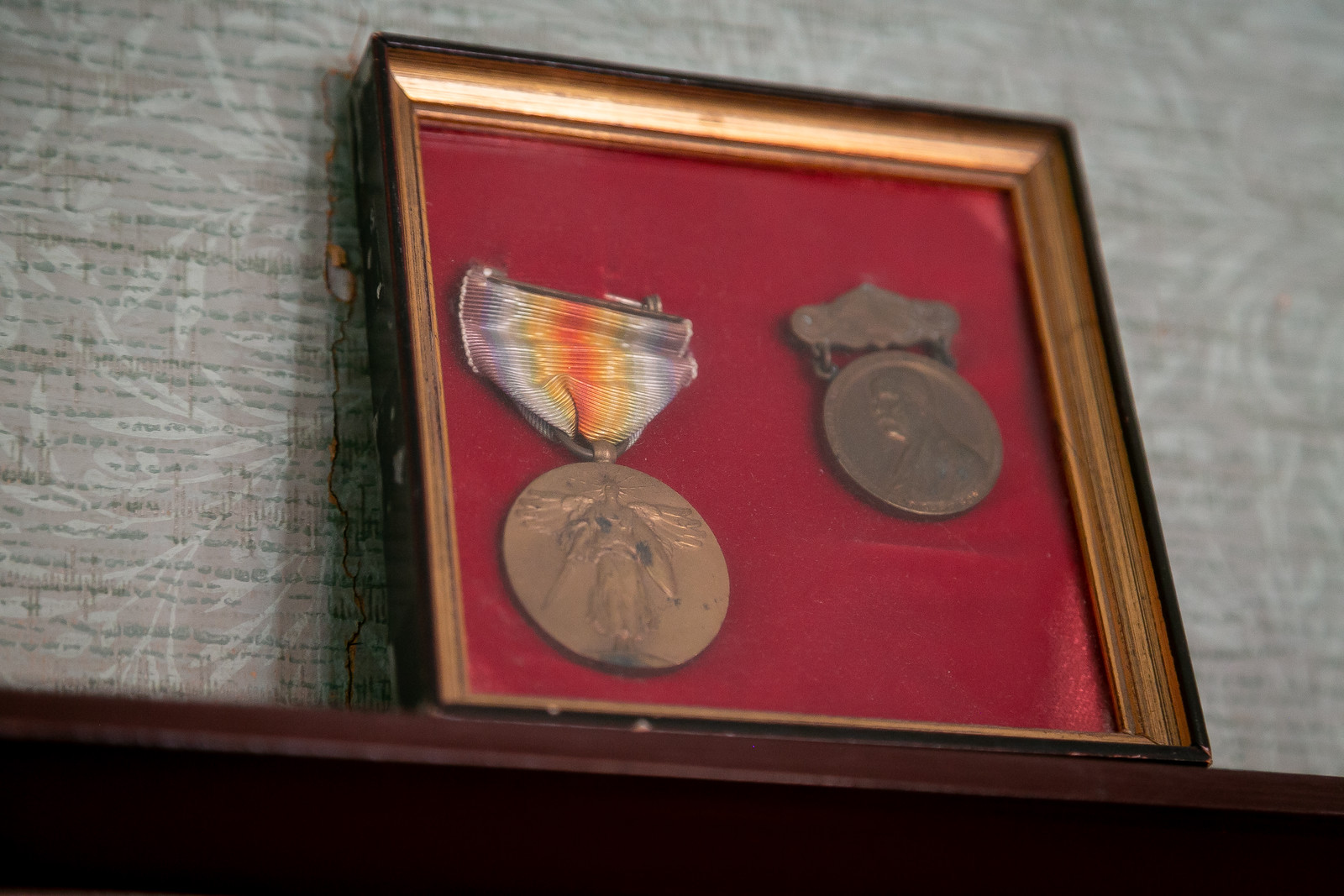
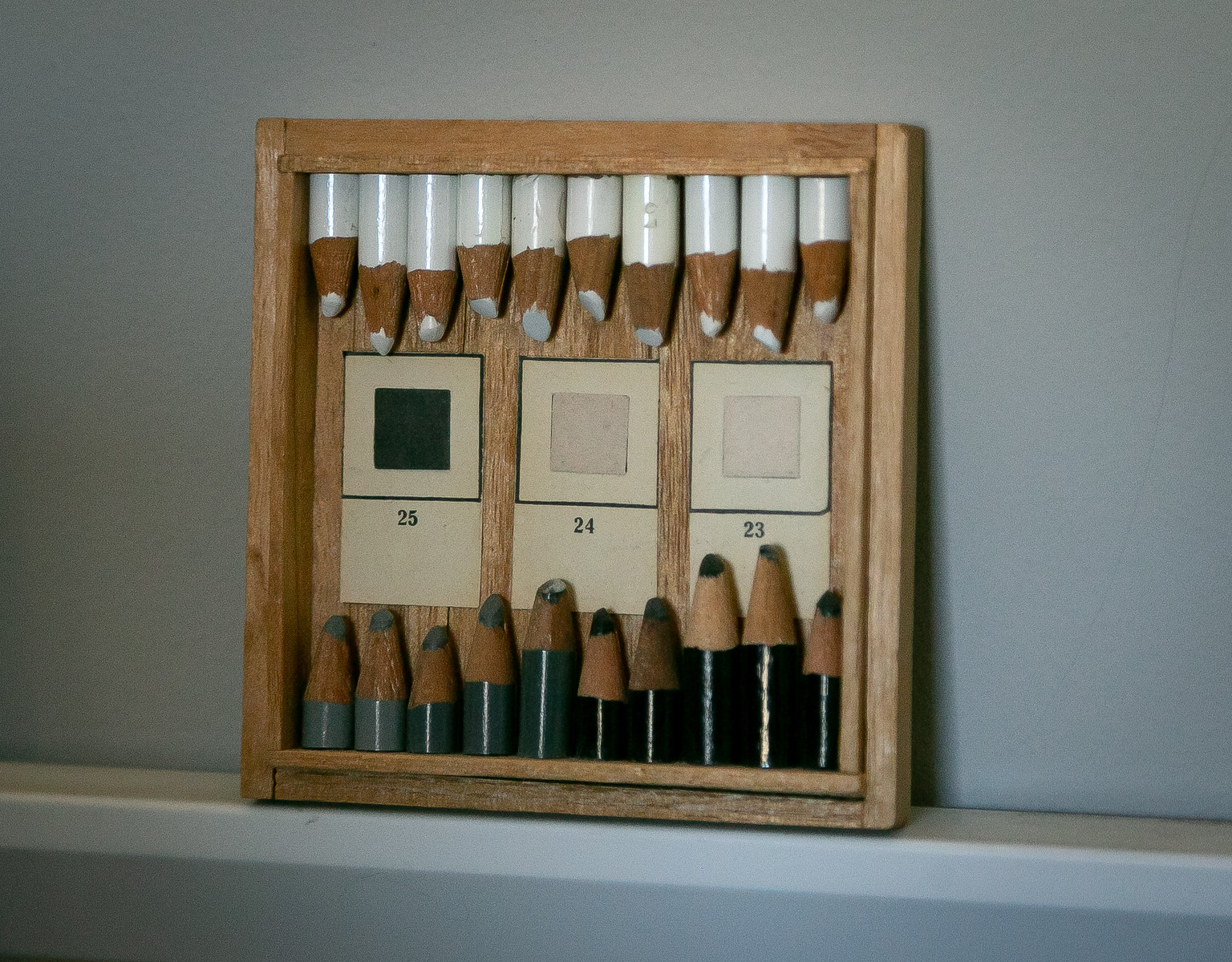

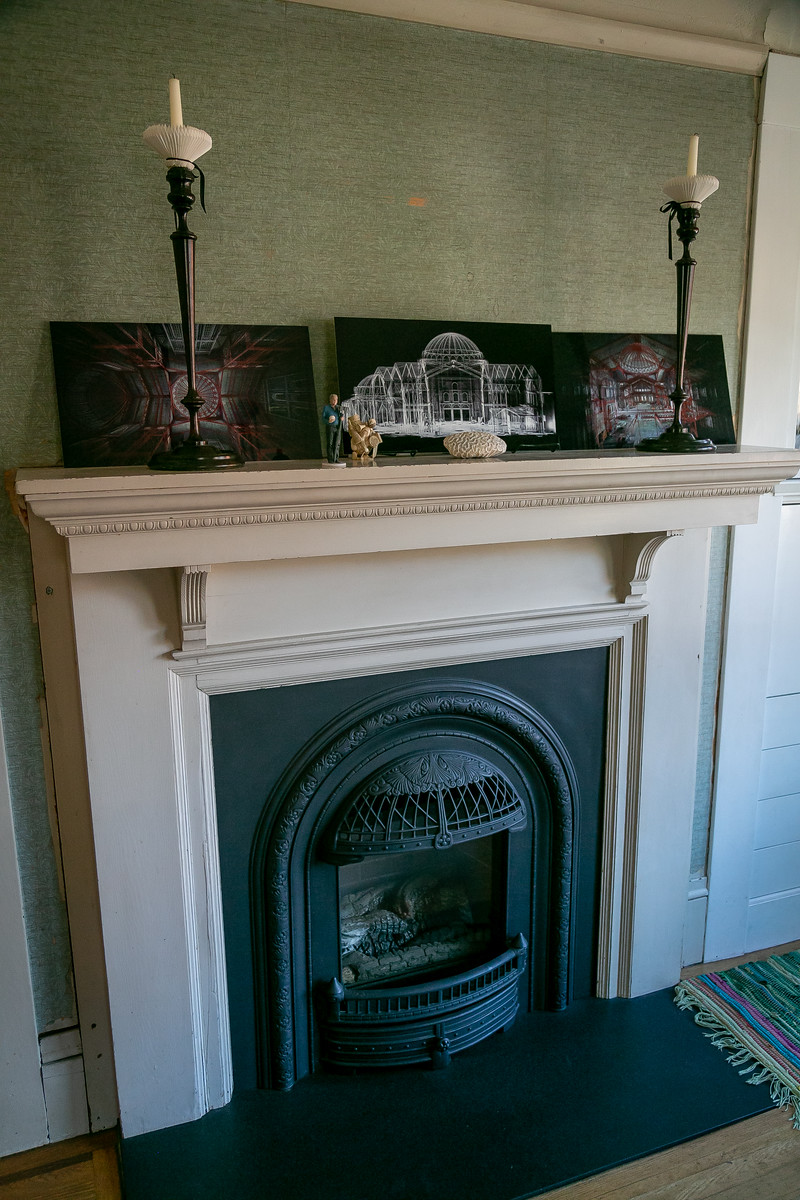
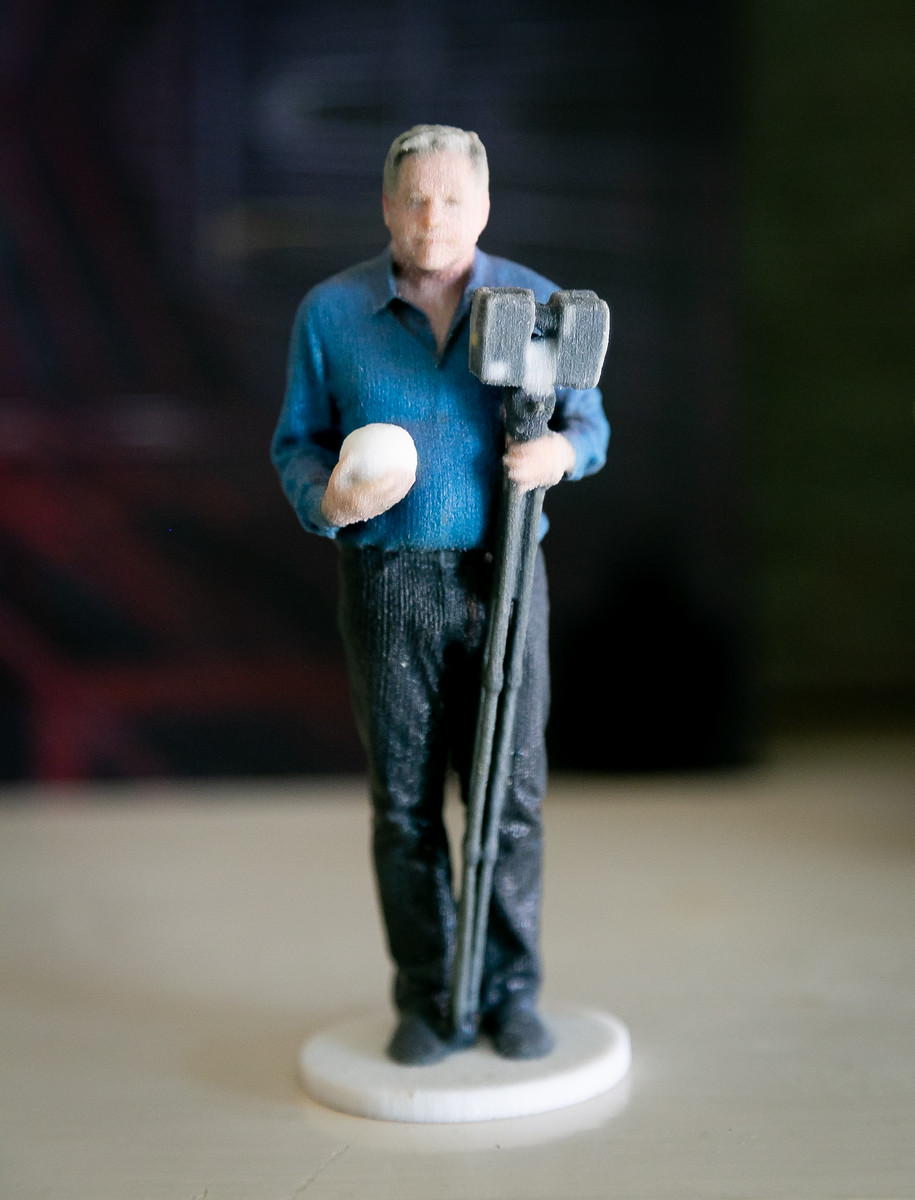
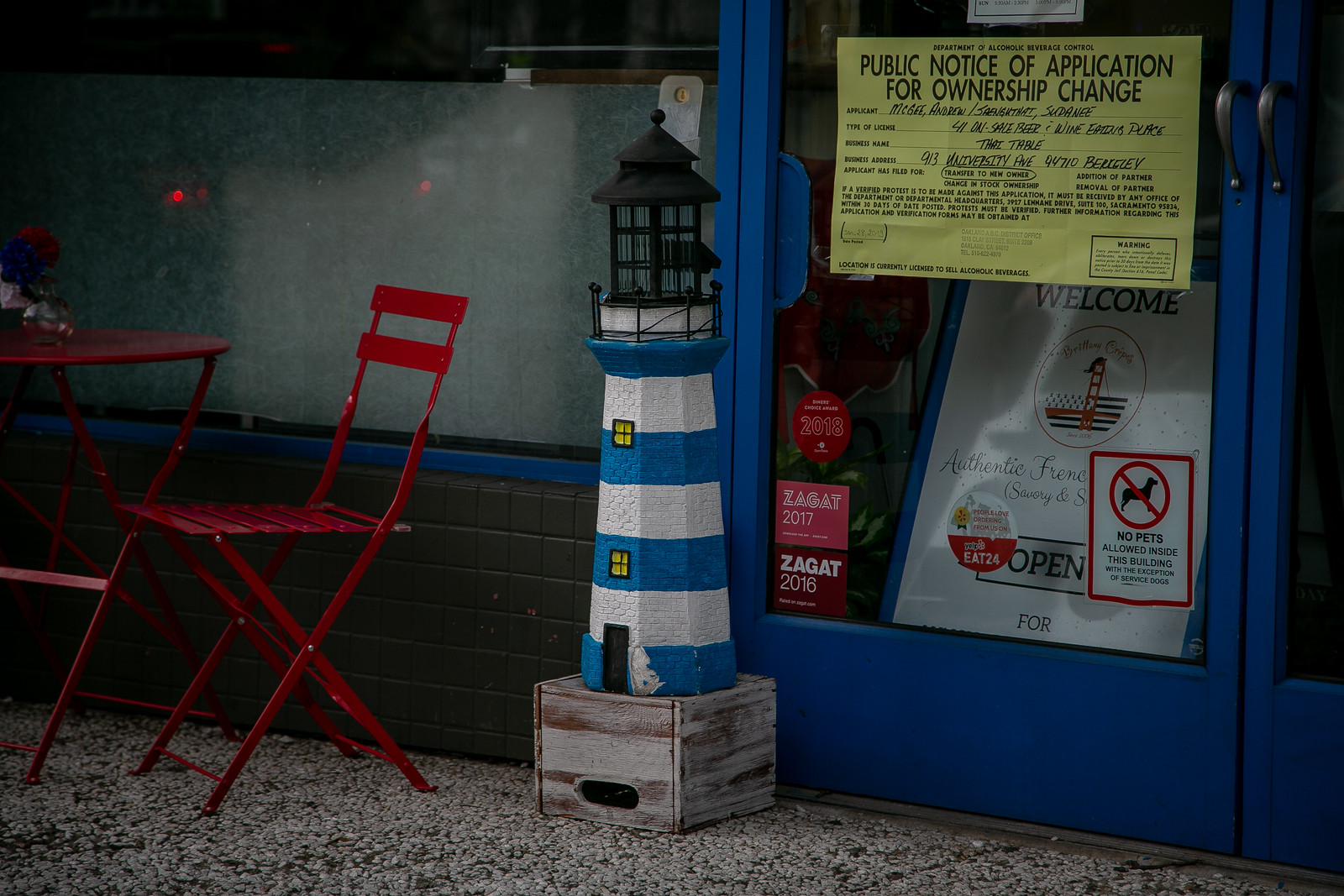
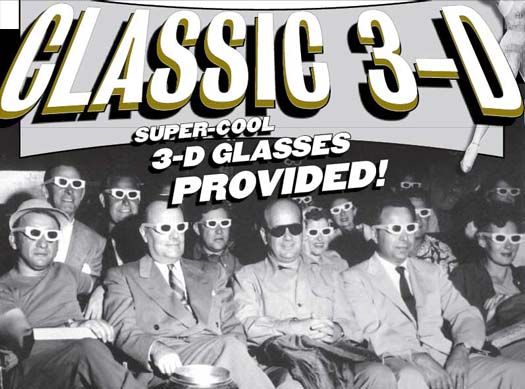

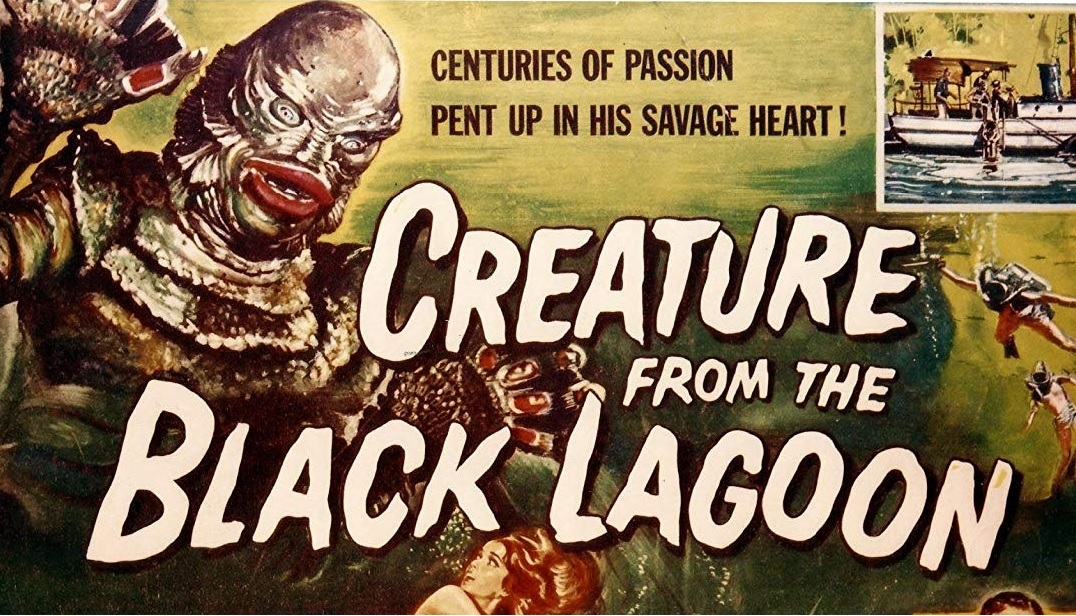
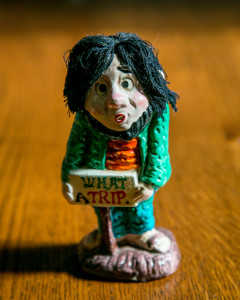
Hi Tom
You might want to check out and talk to my neighbors who live on south side of Virginia in the Queen Ann house between McGee and California. On their porch you will see the mannequin Ophelia and her friend Drac. They have seasonal outfits and often conversations recorded in cartoon type balloon messages on the wall. Ophelia wears a red white and blue bikini and “hands out”candy kisses on Election Day Inside is a considerable collection of sock monkeys and handmade cases to hold other collections. Linda Gallaher Brown and Steve Napoli are proud instigators. I asked if ok to tell you about them. LGallaherBrown@aol.com Maureen